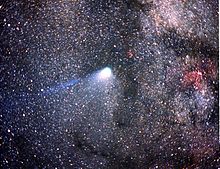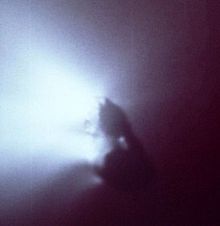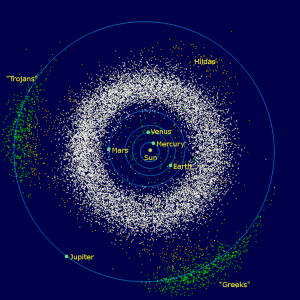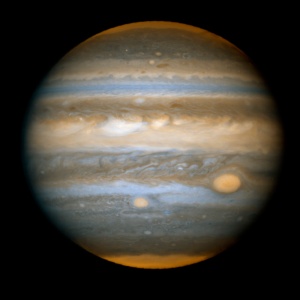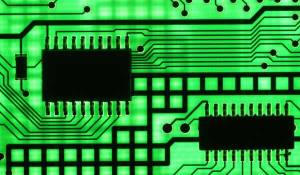In the last post I discussed traversing the asteroid belt – a minefield of danger for our spaceship right at the start of our star mission. But there are other bodies flying around in space that we have to avoid and there is often confusion as to their true nature.
I’m referring to asteroids, meteoroids, meteors, meteorites and comets and over the next couple of posts I will define these objects and try to explain their origins and composition.
Let us start with some simple definitions …
- Comet – a relatively small solar system body comprising ice and debris that orbits the Sun. When close enough to the Sun they display a visible coma (a fuzzy outline or atmosphere due to solar radiation) and sometimes a tail.
- Asteroid – a solar system body that orbits the Sun. Made of rock and metal, they can also contain organic compounds. Asteroids vary in size from 500-1000 km across to millions which are less than 50 km. They are concentrated in the asteroid belt between Mars and Jupiter.
- Meteoroid – a small rock or particle of debris in our solar system. They range in size from dust to around 10 metres in diameter .
- Meteor – a meteoroid that burns up as it passes through the Earth’s atmosphere is known as a meteor. If you’ve ever looked up at the sky at night and seen a streak of light or ‘shooting star’ what you are actually seeing is a meteor.
- Meteorite – a meteoroid that survives falling through the Earth’s atmosphere and then collides with the Earth’s surface is known as a meteorite.
You can see that asteroids, meteoroids, meteors and meteorites have certain similarities and links and I will leave their detailed description to the next post.
Comets are different and I will focus the rest of this post on them.
A comet is an icy small solar system body which when close to the sun displays a coma – a fuzzy, temporary atmosphere and sometimes a tail. Both effects are due to solar radiation and solar wind on the nucleus of the comet. They range in size from hundreds of metres to tens of kilometres and are made up of aggregations of ice, dust and rocky particles. Their most interesting characteristic is they keep turning up at regular intervals and have been observed for thousands of years.
The most famous comet is Halley’s Comet which is visible from Earth approximately every 75 years – so some of you will see it twice! It last appeared in 1986 and will reappear in 2061. Astronomer Edmond Halley determined the periodicity of this comet in 1705 and it was named after him.
In 1986 Halley’s comet became the first object of its kind to be observed by a close approach of a spacecraft. This confirmed the ‘dirty snowball’ definition of a mixture of volatile ices – water, carbon dioxide and ammonia – mixed with rocky substances. The comet proved to be a more solid, rocky structure than previously predicted.
The origin of comets is still uncertain. They were once thought to have originated outside the solar system, but more recent theories suggest they were formed during the formation of the solar system and are permanent members of it.
Comets are only seen from Earth about once per year but there are more than 4000 known comets and it is estimated that there are a trillion comet-like bodies in the outer solar system.
That’s a huge number of potentially dangerous objects to steer our spaceship through on our mission to the star Seren.

